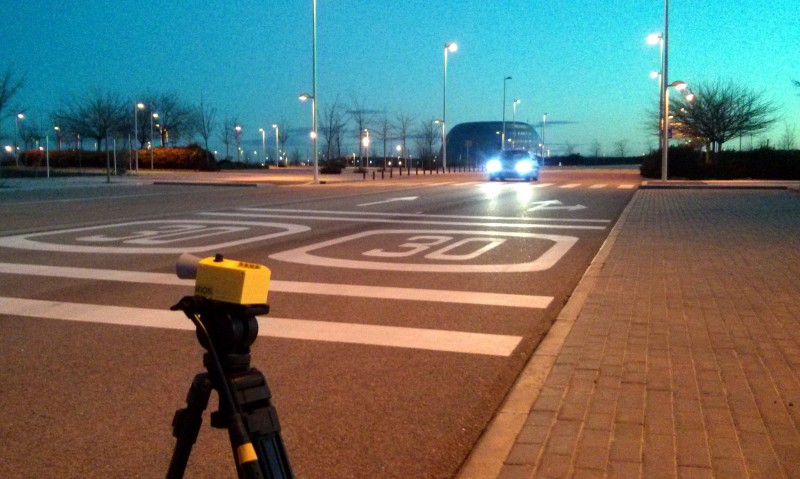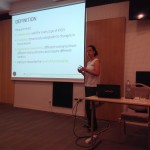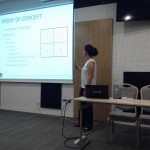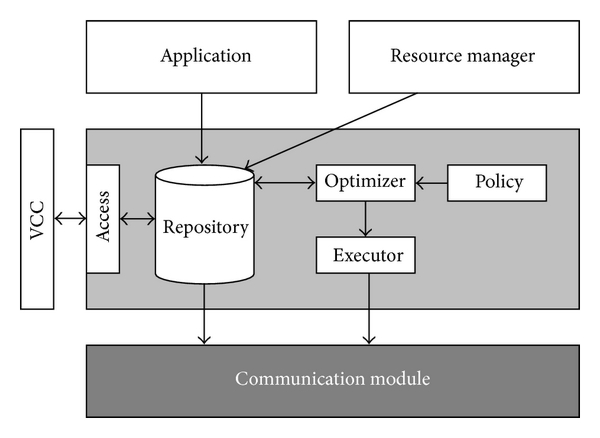Title: A WSN-Based Intrusion Alarm System to Improve Safety in Road Work Zones
Authors: Jose Martin, Alba Rozas, and Alvaro Araujo
Published in: Journal of Sensors
Date of Publication: Jun 2016
Digital Object Identifier : 10.1155/2016/7048141
Web: https://www.hindawi.com/journals/js/2016/7048141/
Road traffic accidents are one of the main causes of death and disability worldwide. Workers responsible for maintaining and repairing roadways are especially prone to suffer these events, given their exceptional exposure to traffic. Since these actuations usually coexist with regular traffic, an errant driver can easily intrude the work area and provoke a collision. Some authors have proposed mechanisms aimed at detecting breaches in the work zone perimeter and alerting workers, which are collectively called intrusion alarm systems. However, they have several limitations and have not yet fulfilled the necessities of these scenarios. In this paper, we propose a new intrusion alarm system based on a Wireless Sensor Network (WSN). Our system is comprised of two main elements: vehicle detectors that form a virtual barrier and detect perimeter breaches by means of an ultrasonic beam and individual warning devices that transmit alerts to the workers. All these elements have a wireless communication interface and form a network that covers the whole work area. This network is in charge of transmitting and routing the alarms and coordinates the behavior of the system. We have tested our solution under real conditions with satisfactory results.













